Living in rural Thailand for a few years, I was fascinated by the diversity of moths and butterflies that I could see around my house. And as any naturalist would, I decided to attempt to understand and document it.
There are obviously many more species that you could see in any of Thailand’s national parks, but seeing the moths around my house gave it a more personal touch. Moths are some of the most underestimated animals in Thailand.
Some of the more visually striking moths in Thailand belong to the Hawkmoth family. Their name comes from the hawk-like shape of their wings which are designed to sustain rapid flight.
Even the caterpillars of hawkmoths are striking, like the Oleander hawkmoth caterpillar above. It feeds primarily on the leaves of oleander, which is obviously where the name of the moth comes from.
One of the giants of the moth world is the spectacular Thrith’s Emperor moth. Not as large as the Atlas moth, it is still quite impressive.
READ MORE: 50 Outstanding Safari Holidays Destinations Outside of Africa
Slightly smaller are the Owl eye moth (Great Owl moth) and the Eyed rustic moth, both with a similar camouflage pattern of large ‘eyes’ on their wings
Another interesting species is the Orange fruit piercer, which, as its name suggests, feeds on fruit by piercing its skin.
And then, of course, there is the White Winged Red Costa Tiger Moth, that tends to look almost fluffy.
Identifying moths of Thailand
The diversity of moths of Thailand is truly astounding. No matter how many species you have already seen, there are dozens more to see in the same location. It is an entomologist’s paradise.
As a mammal specialist, I found it difficult to identify some of the less distinct species. The images below are a reflection of diversity rather than an identification reference, and some species are marked as Unidentified. Any tips on the ID of these species will be appreciated.
Huge thanks to John Moore for his help in identifying some of the species on this page. You can see his stunning gallery of Thailand’s moth’s here.
More on Thailand Wildlife and National Parks
- 7-Day Chiang Mai Itinerary: Temples, Waterfalls, and Hot Springs
- Amazing Wild Animals in Thailand And Where to See Them
- 12 National Parks in Thailand to Fall in Love With
- Easy Guide to Khao Sok National Park: How to Visit & What to See
- Guide to visiting Khao Yai National Park, Thailand
- Thi Lo Su Waterfall Jungle Adventure – Thailand off the Beaten Path
- Why You Must Visit Erawan National Park on your Trip to Thailand
- Spotting wildlife in Kaeng Krachan National Park
- Guide to Khao Sam Roi Yot National Park, Thailand
- Spotting Wildlife in Mu Ko Chang National Park, Thailand

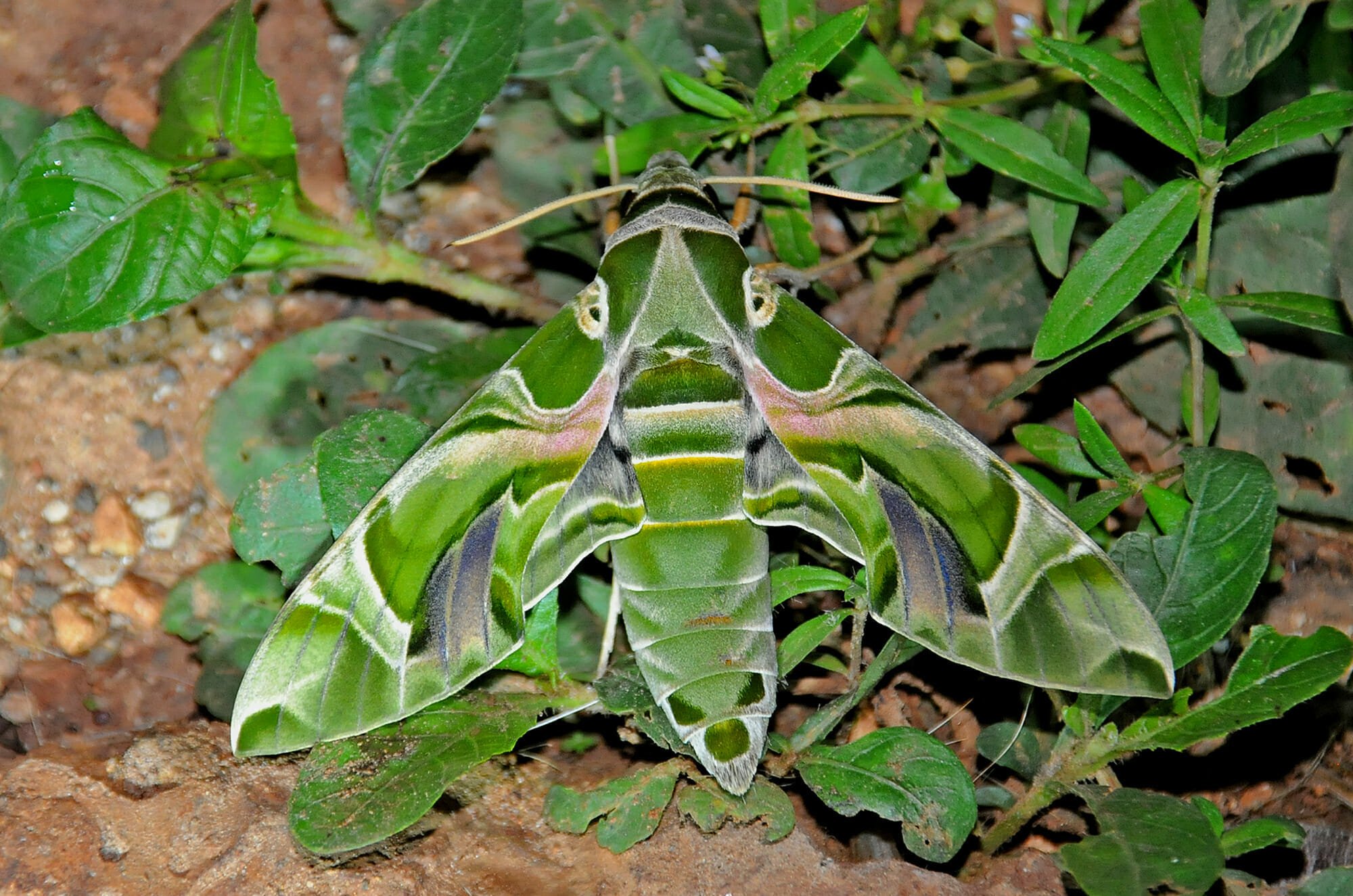
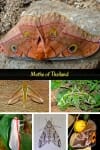
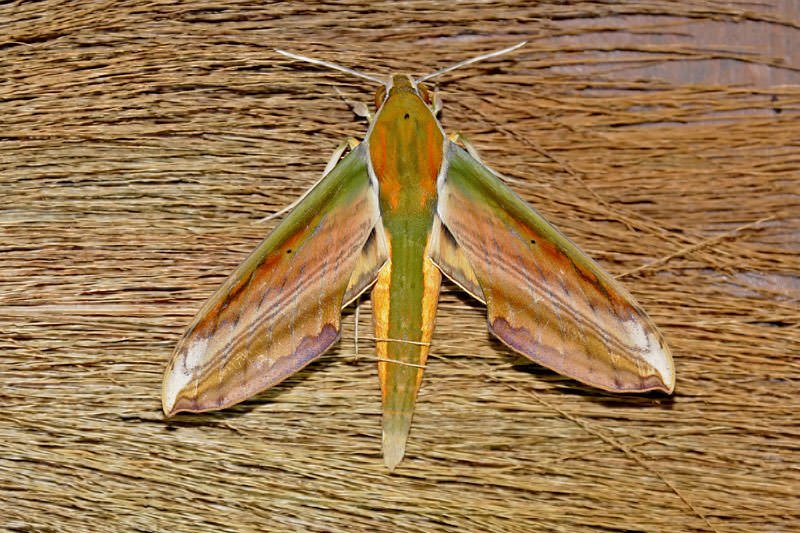
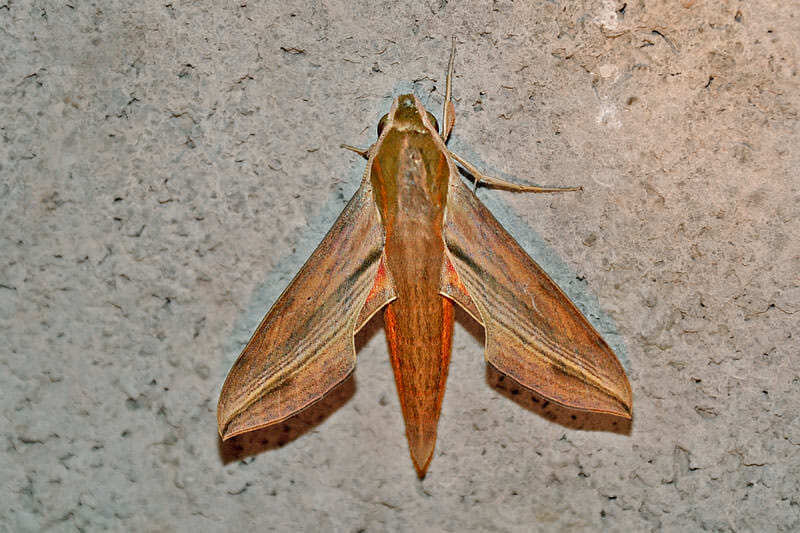
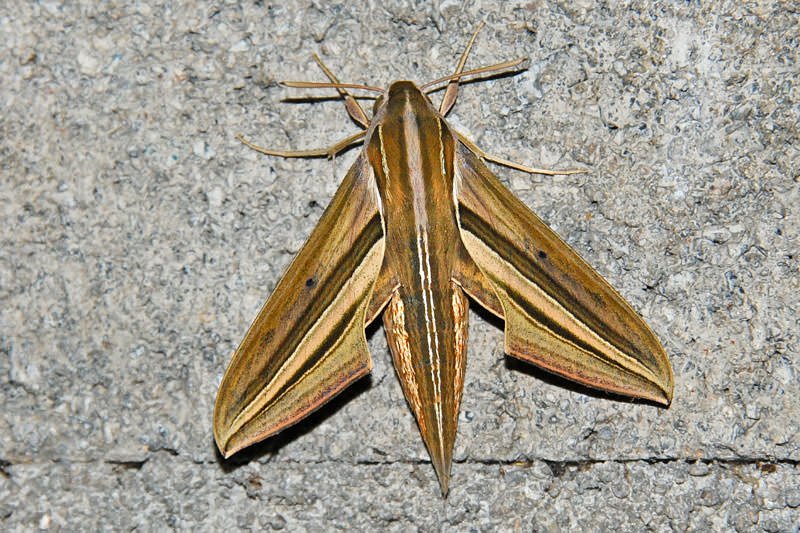
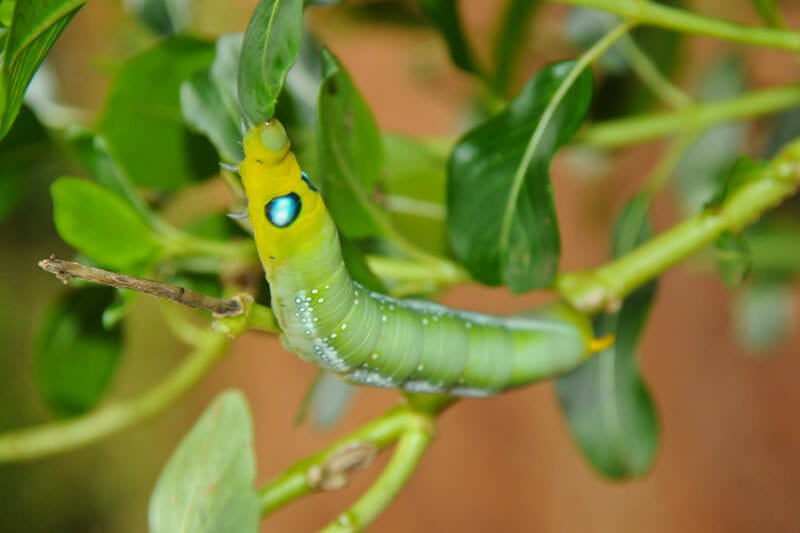
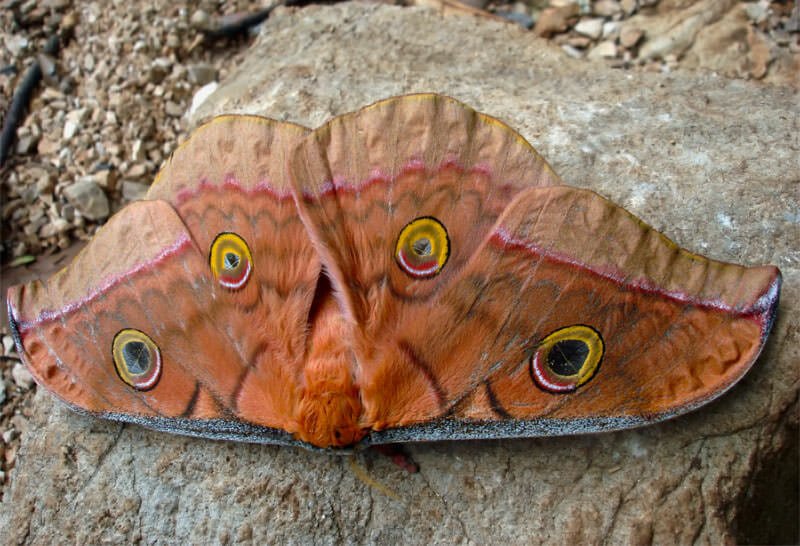
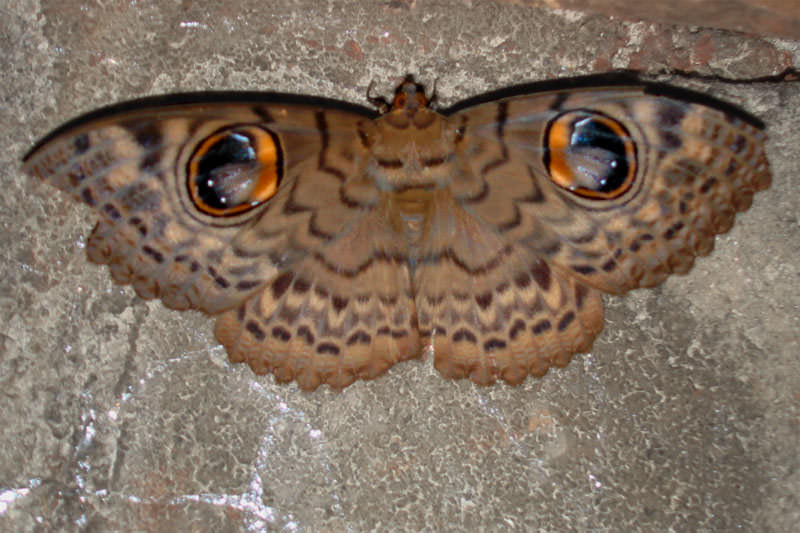
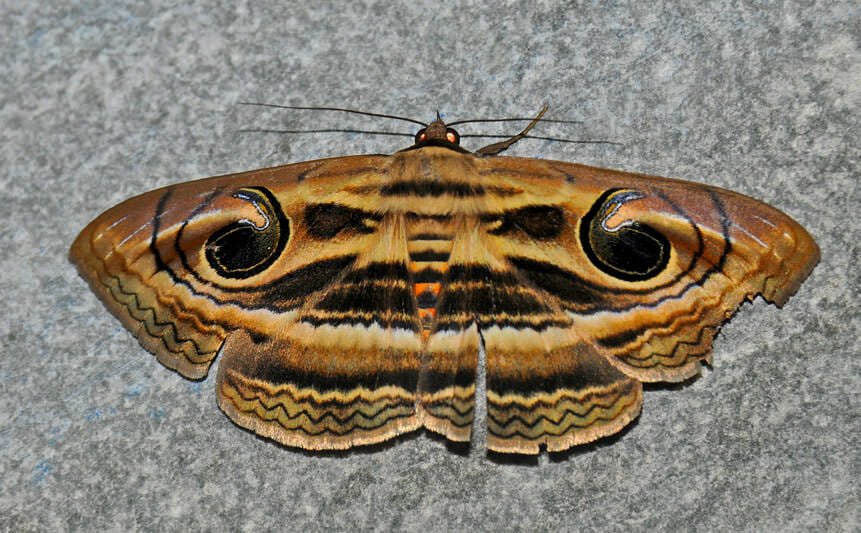
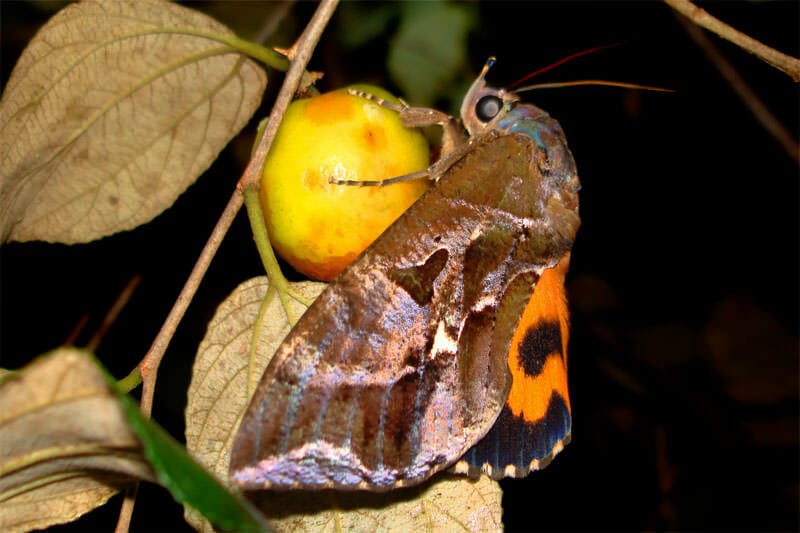
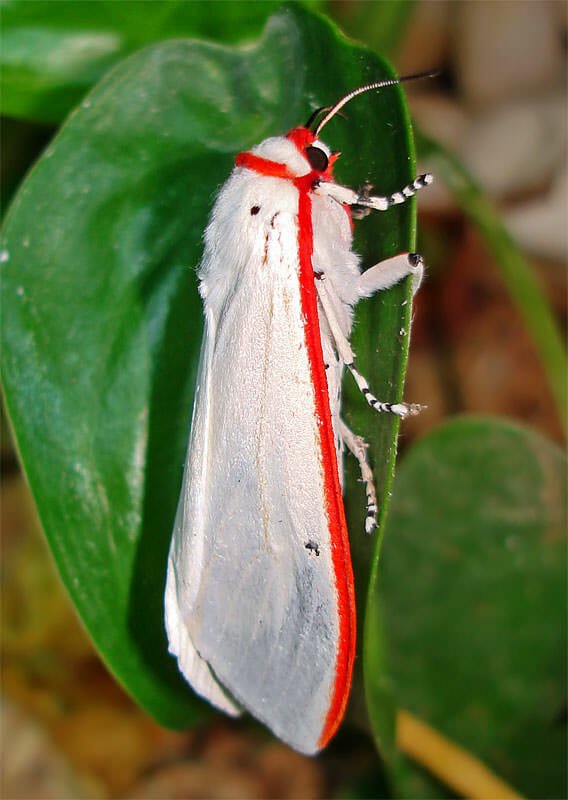
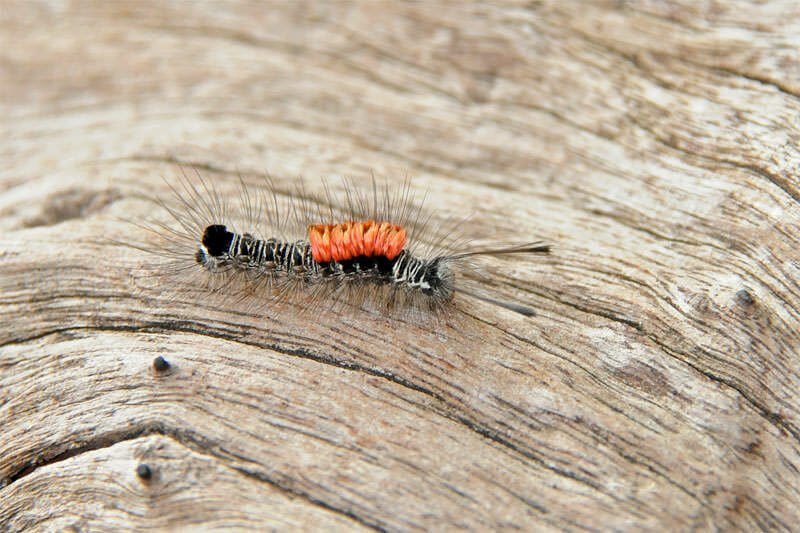
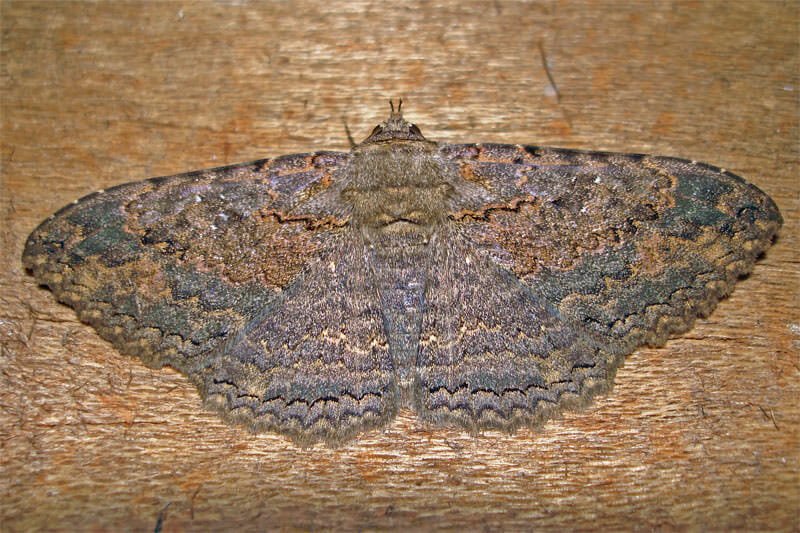
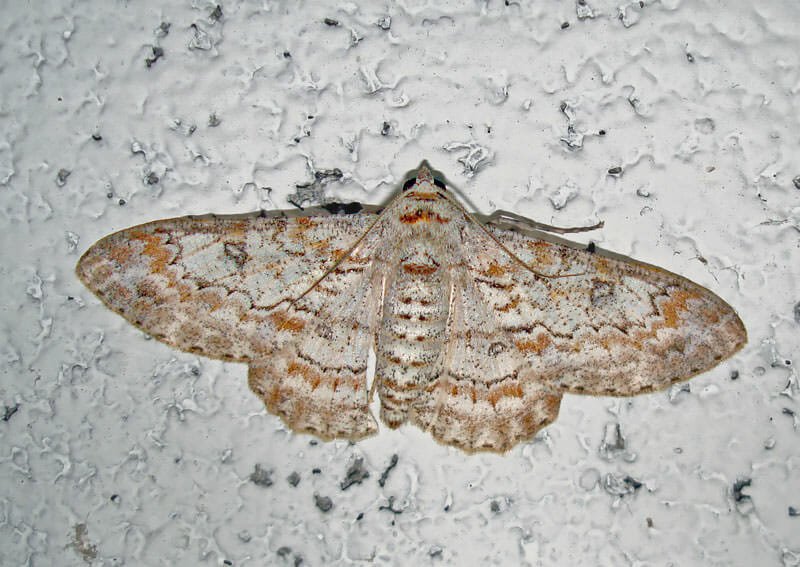
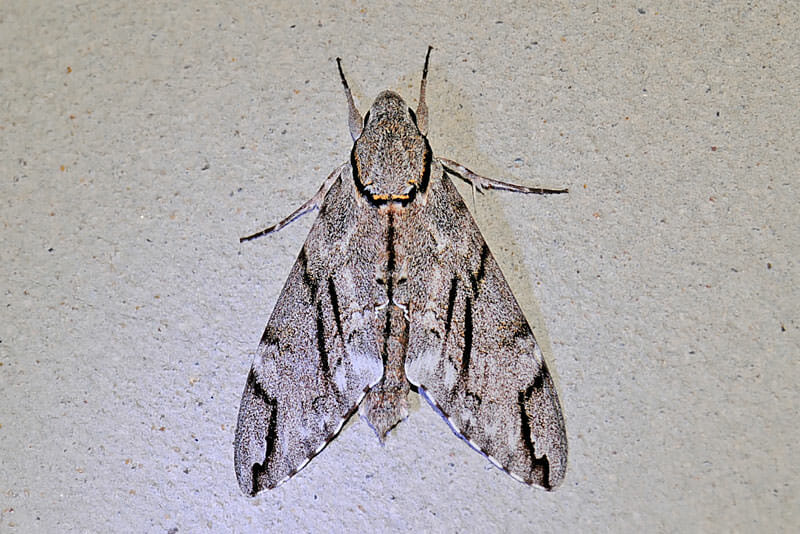
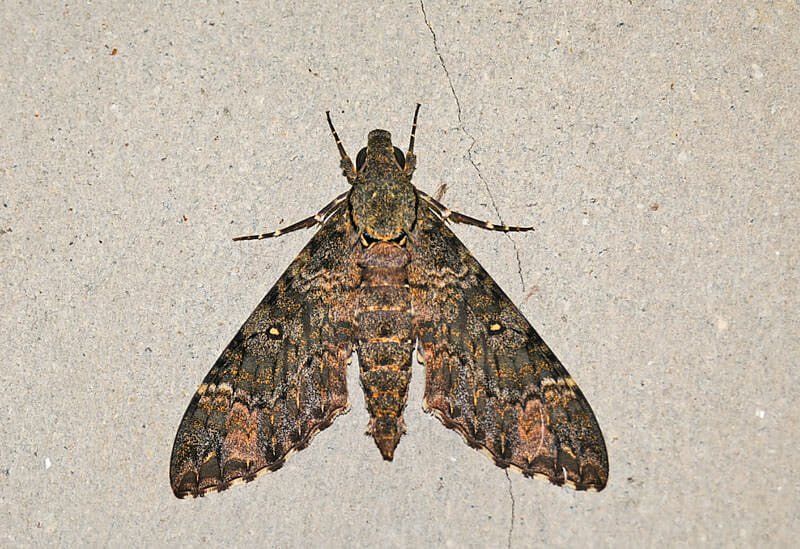
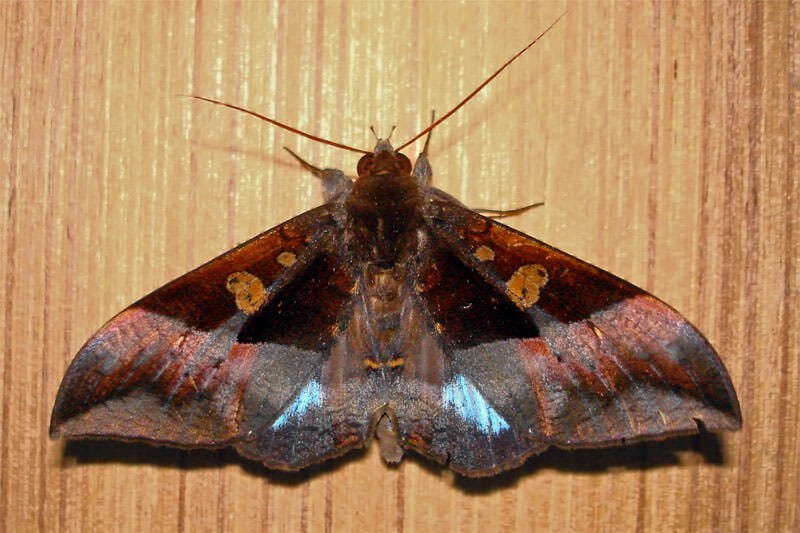
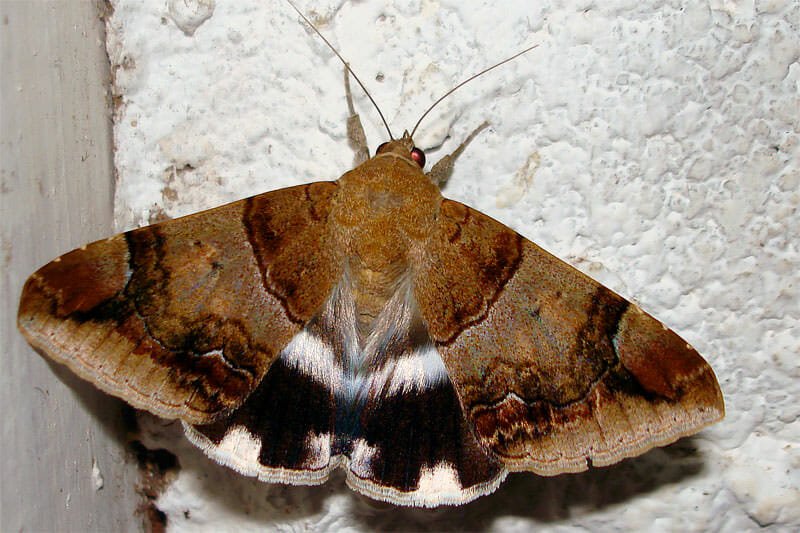
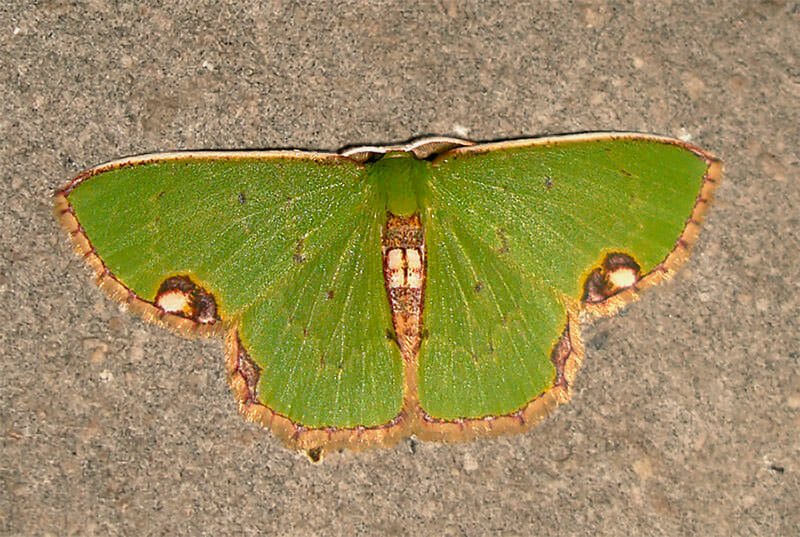
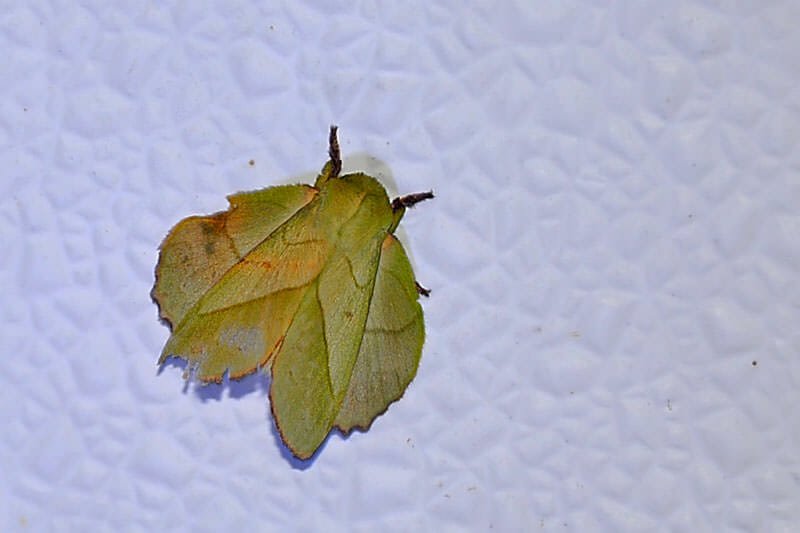
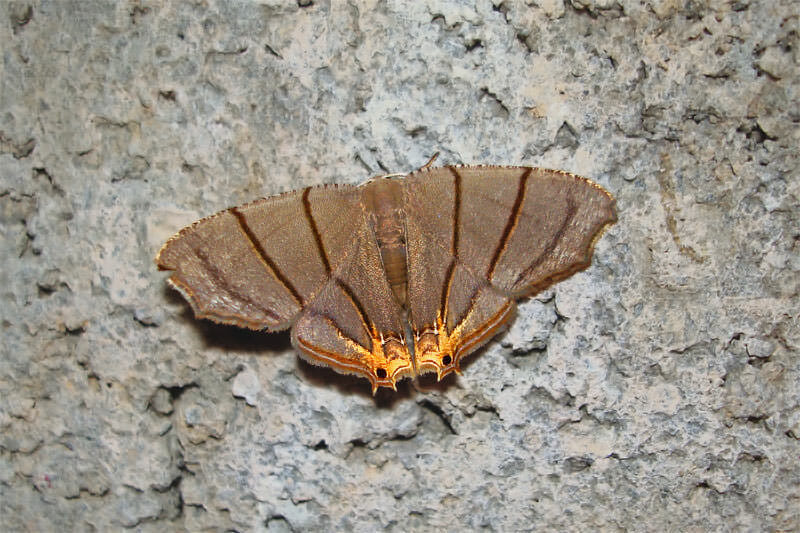
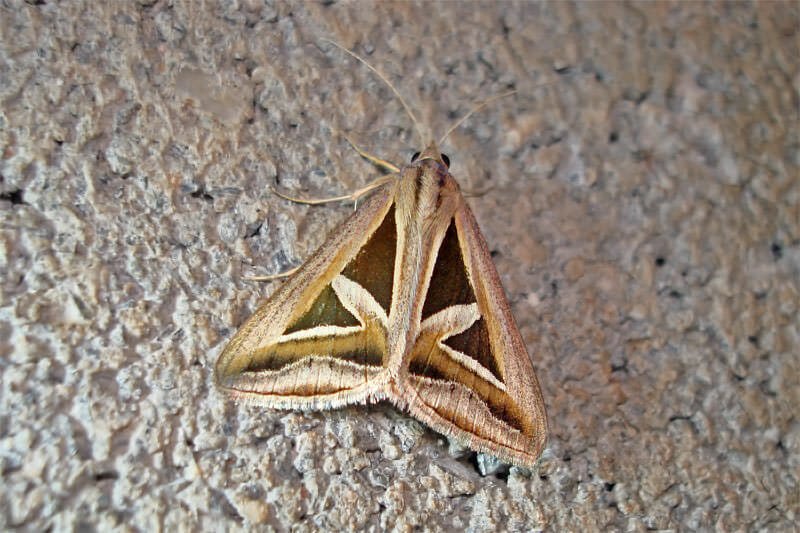
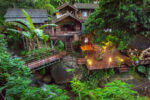
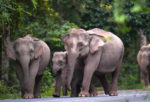

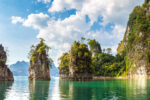
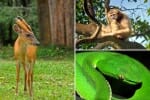
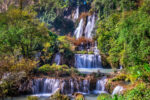
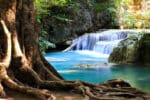
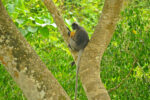

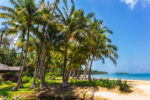
Thanks for sharing. Amazing animals of Khaoyai.